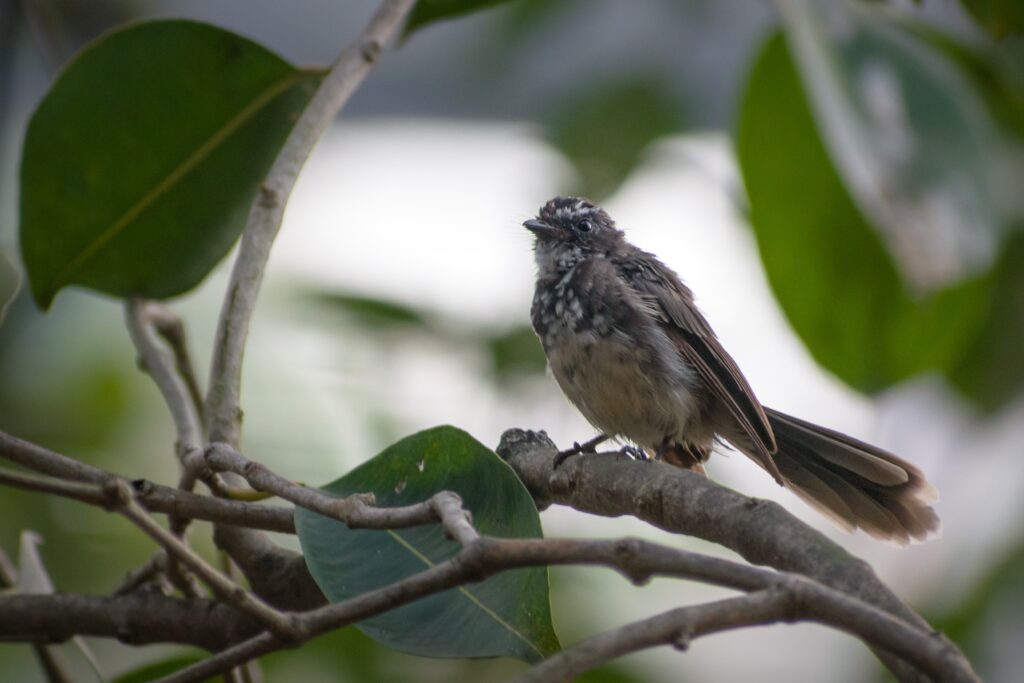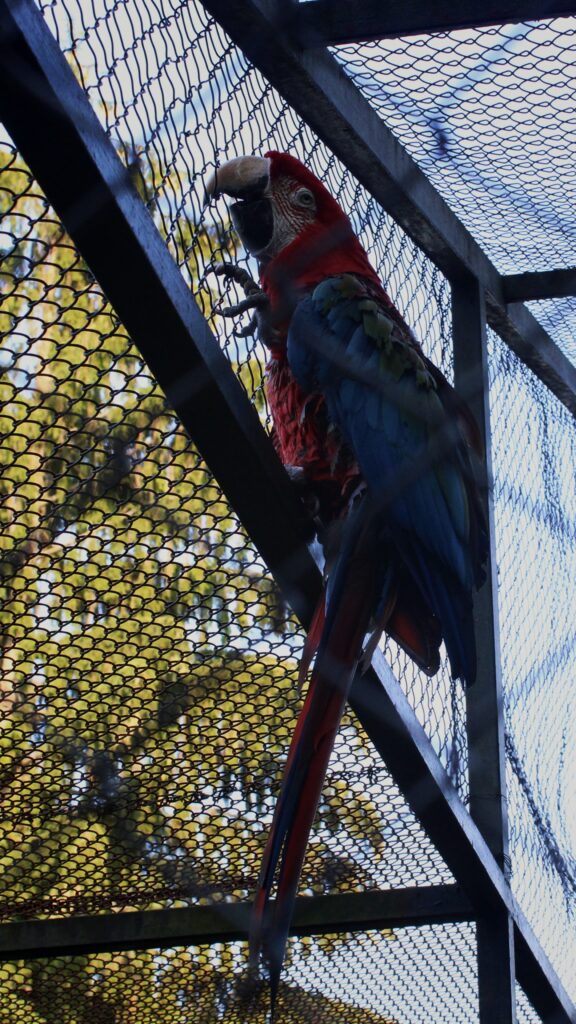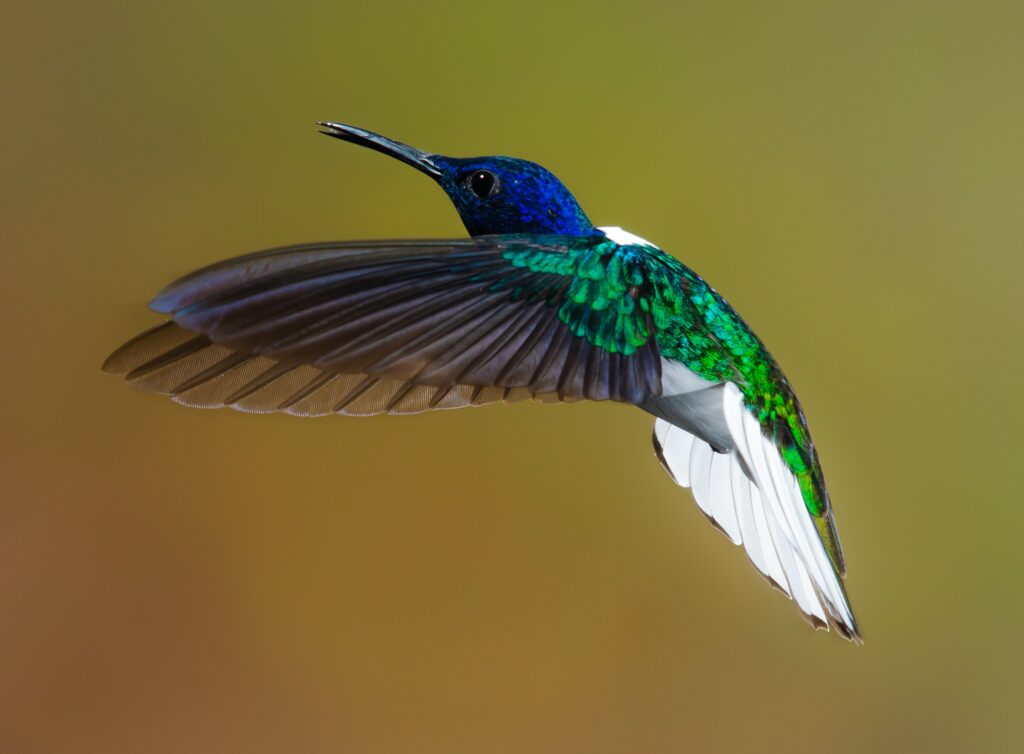The fascinating toucan, scientifically known as Ramphastos, is a remarkable bird that captures attention with its vibrant plumage and distinctive long, colorful beak. Found primarily in tropical regions, the toucan exhibits exceptional diversity in its appearance, with various species showcasing an array of eye-catching patterns and shades. Beyond its striking beauty, the toucan plays a crucial role in maintaining the health of their ecosystem through their feeding habits and unique adaptations. Explore the world of toucans and discover the marvels of this captivating avian species.

This image is property of images.unsplash.com.
Physical Description
Size
Toucans are known for their large size, with adults typically measuring between 20 to 24 inches in length. They have a robust build, with a long tail that can reach up to 7.5 inches in length. Despite their size, toucans are relatively lightweight, weighing an average of 4-9 ounces.
Beak
One of the most distinctive features of toucans is their large, colorful beak. This beak can measure up to 7.5 inches in length, making up nearly one-third of the bird’s overall body length. While the beak appears heavy, it is actually quite light due to its hollow structure. It is primarily made of keratin, the same material found in human hair and nails.
Feathers
Toucans have sleek and glossy feathers that are primarily black. However, their feathers are adorned with bright and vibrant colors as well. The most common color seen on their plumage is a bright yellow or orange on the breast and the sides of the face. Some species may also display patches of red, green, or blue. These colors not only serve as a means of identification but also play a significant role in courtship display.
Colors
The striking colors found on toucans’ beaks and feathers serve various purposes. They help in camouflage, allowing the birds to blend in with their lush rainforest habitat. Additionally, these vibrant colors play a crucial role in courtship rituals, where males use their colorful beaks to attract potential mates. The specific colors and patterns can vary between toucan species, adding to the diversity and beauty of these birds.
Habitat
Rainforests
Toucans are predominantly found in the tropical rainforests of Central and South America. These dense and vibrant environments provide the perfect habitat for these birds, as they have adapted to thrive in the dense canopies and understories. The toucans’ large beaks, for example, enable them to reach fruit and prey that may be otherwise inaccessible. These rainforests provide an abundant food source and a safe haven for toucans to nest and raise their young.
Distribution
Toucans have a wide distribution across Central and South America. They can be found in countries such as Brazil, Colombia, Ecuador, Venezuela, and Peru, just to name a few. The exact range of toucan species can vary, with some being more localized to specific regions while others have a broader distribution. This wide range is due to the varying habitats and ecosystems found throughout the region, allowing toucans to adapt and thrive in diverse environments.
Diet
Fruits
Toucans are primarily frugivorous, meaning their diet is primarily comprised of fruits. They have a specialized beak that allows them to pluck fruits from trees and swallow them whole. Toucans play an important role in seed dispersal within their rainforest habitats. After consuming fruits, they may regurgitate the seeds, aiding in the natural regeneration of plant species. Some of the fruits commonly consumed by toucans include figs, berries, and various tropical fruits.
Insects
While fruits make up the majority of their diet, toucans also supplement their nutrition with insects. They use their beaks to catch insects such as beetles, ants, termites, and grasshoppers. In addition to being a source of protein, insects provide essential nutrients that fruits alone may not provide. This dietary flexibility allows toucans to adapt to seasonal changes in food availability.
Bird Eggs
Toucans are opportunistic feeders and may occasionally prey on the eggs of other bird species. They carefully use their beaks to crack open the eggs and consume the contents. This behavior is more commonly observed among captive toucans as a result of limited food resources. In the wild, they rely primarily on fruits and insects as their main sources of sustenance.
Small Vertebrates
While fruits and insects form the bulk of their diet, toucans have been known to consume small vertebrates on rare occasions. These may include lizards, tree frogs, and even small birds. However, such instances are considered opportunistic and not a regular part of their diet.
Breeding and Reproduction
Mating
Toucans engage in elaborate courtship displays to attract potential mates. Males and females participate in activities such as bill touching, hopping, and bowing, accompanied by vocalizations. These displays allow individuals to assess each other’s fitness and compatibility as potential breeding partners. Once a suitable mate is found, toucans form monogamous pairs that will remain together for several breeding seasons.
Nesting
Toucans construct their nests in tree cavities, typically utilizing natural hollows or abandoned woodpecker nests. They are not capable of excavating their own cavities, but rather rely on the availability of pre-existing spaces. These nests are often located high in the trees, providing protection against predators and the elements. The female toucan takes the primary responsibility for building and maintaining the nest.
Incubation Period
After mating and nest construction, the female toucan will lay a clutch of two to four eggs. Both parents take turns incubating the eggs, which hatch after approximately 15-20 days. During this time, the parents take great care to regulate the temperature and humidity within the nest, ensuring the optimal conditions for the developing embryos.
Parental Care
Once the eggs hatch, both parents share the responsibility of feeding and caring for the chicks. Toucans are known for their cooperative breeding behavior, with older siblings often assisting in the care of younger chicks. The parents carefully feed their offspring a diet of partially digested food, regurgitating it directly into their mouths. This process continues until the chicks are old enough to fledge and leave the nest.

This image is property of images.unsplash.com.
Behavior
Social Structure
Toucans exhibit a social structure that involves both cooperative and territorial behaviors. They are typically seen in small groups known as flocks or parties, consisting of several individuals. These groups may be composed of family members or unrelated individuals. Within these flocks, toucans engage in activities such as preening, foraging, and socializing with each other. They maintain strong social bonds and communicate through various vocalizations and visual displays.
Communication
Communication plays a vital role in the lives of toucans. They vocalize using a variety of calls and songs that serve as a means of communication within their flock. These vocalizations might be used to establish territory, signal danger or aggression, or attract potential mates. Toucans can produce loud and distinctive calls that carry over long distances, allowing them to communicate effectively within the dense rainforest environment.
Territoriality
Toucans are known to defend their feeding and nesting territories. They use vocalizations and visible displays such as raising their tails and fluffing their feathers to deter intruders. While these territories may vary in size depending on the availability of resources, they are essential for maintaining access to vital food sources and suitable nesting sites. Toucans engage in territorial disputes, but physical aggression is generally rare, with most conflicts being resolved through vocal displays and posturing.
Predators and Threats
Natural Predators
Toucans have a few natural predators within their rainforest ecosystems. Some of these include large raptors such as hawks and eagles, which prey on both adults and chicks. Snakes and mammals like ocelots and coatis may also pose threats to toucans, especially when they are nesting or roosting in tree cavities.
Threats from Humans
While natural predation plays a role in impacting toucan populations, human activities pose significant threats as well. Deforestation, habitat fragmentation, and illegal wildlife trade are among the major threats these birds face. Loss of their natural habitat due to agriculture, logging, and urbanization reduces the availability of suitable nesting sites and food sources. The capturing and trading of toucans for the pet trade also have negative implications for their survival in the wild.

This image is property of images.unsplash.com.
Conservation Status
IUCN Status
The conservation status of toucans varies depending on the species, with some being more endangered than others. However, as a whole, toucans are considered to be of “Least Concern” by the International Union for Conservation of Nature (IUCN) due to their relatively wide distribution and stable populations. Nevertheless, certain species, such as the keel-billed toucan, are classified as “Near Threatened” due to habitat loss and poaching.
Population Threats
Toucans face several threats that impact their populations. Habitat loss and fragmentation, primarily driven by deforestation for agriculture and urbanization, are significant concerns. The conversion of rainforests into farmlands and the increasing demand for urban expansion directly reduce their available habitat. Illegal hunting and trading for the pet trade also contribute to population declines in certain areas.
Conservation Efforts
Various organizations and conservation groups are working to protect toucans and their habitats. Initiatives focus on raising awareness about the importance of toucan conservation, promoting sustainable land use practices, and curbing the illegal pet trade. Protected areas and national parks have been established throughout toucans’ range to preserve their natural habitats and ensure the long-term survival of these magnificent birds.
Interaction with Humans
Symbolism and Cultural Significance
Toucans have captured the imagination of humans for centuries and hold cultural significance in many societies. Their distinctive appearance and vibrant colors have made them popular symbols in art, literature, and various forms of media. Toucans are often associated with tropical regions, representing the exotic and diverse nature of these ecosystems. In some indigenous cultures, toucans are believed to represent fertility or even have mythical and spiritual connotations.
Captivity and Pets
Due to their striking appearance, toucans have become popular in the exotic pet trade. However, keeping toucans as pets requires specialized care and dedicated resources. In many countries, regulations are in place to ensure the responsible ownership and welfare of these birds. Potential owners must consider the extensive requirements needed to meet the physical, psychological, and nutritional needs of toucans before considering them as pets.
Ecotourism
Toucans play a significant role in attracting tourists to tropical regions, thereby contributing to local economies through ecotourism. Observing these birds in their natural habitats provides visitors with a unique and memorable experience. Responsible ecotourism practices prioritize the well-being of toucans and their habitats, ensuring that tourism activities do not disturb or harm these birds.

Famous Toucans
Toucan Sam
One of the most famous toucans is “Toucan Sam,” the colorful mascot of the breakfast cereal brand Froot Loops. Toucan Sam has become an iconic character, known for his vibrant beak and cheerful demeanor. This portrayal of toucans in popular culture has helped raise awareness about these birds and their unique characteristics.
Rio the Movie
The animated film “Rio” features a character named “Blu,” a juvenile blue macaw who encounters a wise-cracking and adventurous toucan named “Nico.” Nico’s charismatic and lively personality adds to the film’s humor and brings attention to the charm and beauty of real-life toucans.
Interesting Facts
Keystone Species
Toucans play a crucial role as keystone species within their ecosystems. Their feeding habits and ability to disperse seeds contribute to the regeneration of various plant species. By eating fruits and excreting the seeds in different locations, toucans aid in the dispersal and germination of new vegetation within their habitats.
Flight Capabilities
Despite their large beaks, toucans are agile flyers, capable of maneuvering through the dense rainforest canopies with precision. Their broad wings and long tails provide stability and agility in flight, allowing them to navigate through narrow spaces between trees and utilize their habitats efficiently.
Toucan Bills
The large and colorful beaks of toucans fulfill various functions. While their main purpose is to reach and pluck fruits from tree branches, toucan bills also serve as a means of defense against predators. The beaks are strong enough to ward off potential threats and can be used as a tool to prune vegetation. Furthermore, these beaks aid in thermoregulation by radiating heat away from the toucans’ bodies, preventing overheating in the hot and humid rainforest environments.

